In today’s digital age, the term “administrator” encompasses a variety of roles across different fields such as IT, education, and business. While the specifics of the role can vary greatly depending on the context, the core responsibilities of an administrator generally revolve around managing, organizing, and facilitating operations within an organization or system. This blog will explore the various types of administrators, their key responsibilities, required skills, and the importance of their roles.
What Is an Administrator in WordPress?
In the context of WordPress, an administrator is one of the user roles within the platform, characterized by a high level of access and control over a website. Understanding the responsibilities and capabilities of an administrator is crucial for anyone managing a WordPress site, whether for personal use, a blog, or a business. This blog will delve into the role of an administrator in WordPress, including their responsibilities, capabilities, and best practices for managing this role effectively.

Understanding User Roles in WordPress
WordPress features a robust user role system, which allows for different levels of access and permissions. The default user roles include:
- Subscriber: Can read posts and manage their profile.
- Contributor: Can write and manage their own posts but cannot publish them.
- Author: Can publish and manage their own posts.
- Editor: Can publish and manage posts for all users, including moderating comments.
- Administrator: Has complete control over the site, including all settings, themes, and plugins.
Among these roles, the administrator has the highest level of access.
What Is a Super Administrator in WordPress?
In WordPress, the term Super Administrator refers to a specific role that has the highest level of access on a Multisite network. Understanding the Super Administrator’s role is essential for anyone managing multiple WordPress sites within a single installation. This blog will explore what a Super Administrator is, their responsibilities, and best practices for managing this role.
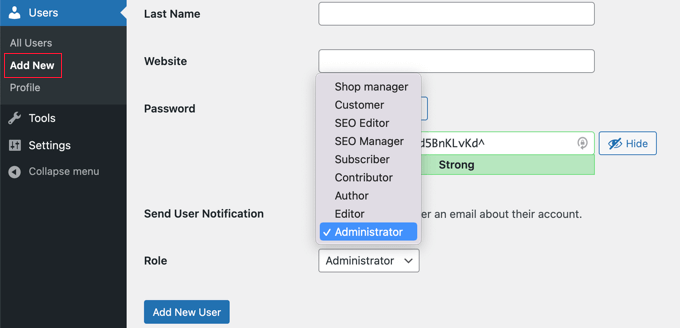
What is WordPress Multisite?
Before delving into the Super Administrator role, it’s important to understand WordPress Multisite. This feature allows users to create a network of multiple WordPress sites from a single WordPress installation. Each site can have its own themes and plugins, but they share the same WordPress core files.
The Role of a Super Administrator
A Super Administrator is a user with complete control over a WordPress Multisite network. Unlike standard administrators, who can manage individual sites, Super Administrators have the authority to manage the entire network, including all sites within it.
Key Responsibilities of a Super Administrator
- Network Management
- Super Administrators can manage all sites within the network, including creating new sites, deleting sites, and modifying site settings.
- User Management
- They can add, edit, and delete users across the entire network. Additionally, they can assign roles to users on different sites.
- Plugin and Theme Management
- Super Administrators can install and activate plugins and themes for the entire network. They can also control which sites have access to specific plugins and themes.
- Site Settings
- They can modify network-wide settings, such as site registration options, user permissions, and network email settings.
- Network Updates
- Super Administrators are responsible for updating the WordPress core, themes, and plugins for the entire network, ensuring everything runs smoothly and securely.
- Security Monitoring
- They play a critical role in monitoring security across the network, implementing security measures, and addressing vulnerabilities.
How to Log In to the WordPress Admin Area
Logging in to the WordPress admin area is an essential step for managing your website. This area allows you to create and edit posts, manage users, customize themes, and configure settings. Here’s a step-by-step guide on how to log in to your WordPress admin area.
Step 1: Access the Login URL
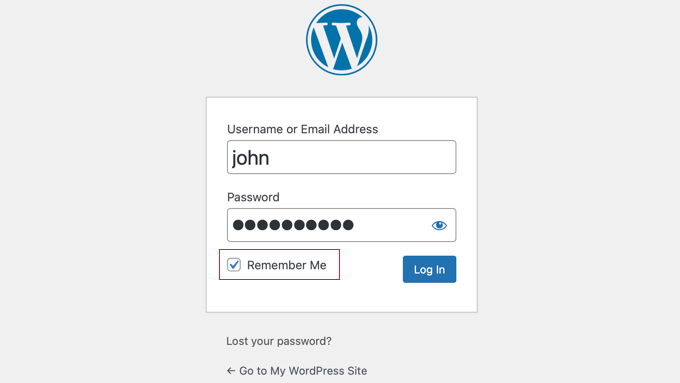
To log in to your WordPress site, you need to navigate to the login URL. This is typically structured as follows:
http://yourdomain.com/wp-adminor
http://yourdomain.com/wp-login.phpReplace yourdomain.com with your actual domain name.
Step 2: Enter Your Credentials
Once you reach the login page, you will see fields requesting your username and password:
- Username: Enter your WordPress username. This could be the email address associated with your account or the username you selected during registration.
- Password: Enter your password. Ensure that it is correct and typed accurately.
Remember Me Option
You will see a checkbox labeled Remember Me. If you check this box, your login credentials will be saved, allowing you to stay logged in on that device for future visits.
Step 3: Click the Log In Button
After entering your credentials, click the Log In button. If your information is correct, you will be redirected to the WordPress dashboard, which is your admin area.
Troubleshooting Login Issues
If you encounter issues logging in, here are some steps to resolve them:
1. Forgot Password?
If you can’t remember your password, click the Lost your password? link on the login page. Enter your username or email address to receive a password reset link.
2. Check Your Username
Make sure you’re entering the correct username or email associated with your account.
3. Clear Browser Cache
Sometimes, cached data can cause login issues. Clear your browser cache and cookies and try again.
4. Disable Plugins
If you recently installed a plugin that may be causing conflicts, you can disable it via FTP or your hosting control panel:
- Connect to your site via FTP.
- Navigate to the
/wp-content/plugins/directory. - Rename the folder of the problematic plugin to deactivate it.
5. Check for Security Measures
If your site has security plugins or configurations that limit login attempts, you may be temporarily locked out. Check with your hosting provider or security plugin for assistance.
Types of Administrators
1. System Administrator
A system administrator (sysadmin) is primarily responsible for managing and maintaining computer systems and networks. Their tasks include installing software, configuring hardware, managing user accounts, and ensuring system security. They often play a crucial role in troubleshooting issues and implementing upgrades.
2. Database Administrator
Database administrators (DBAs) focus on managing databases. They ensure the efficiency, security, and integrity of databases, performing tasks such as data backup, recovery, and optimization. DBAs also work on database design and the implementation of data storage strategies.
3. Network Administrator
Network administrators oversee the organization’s networking infrastructure. Their responsibilities include setting up, administering, and troubleshooting networks. They ensure that all network components, such as routers and switches, function effectively and safely.
4. Office Administrator
In a business setting, office administrators manage day-to-day operations. They coordinate office activities, manage schedules, handle correspondence, and ensure that the office environment runs smoothly. Their organizational skills are vital to maintaining workflow efficiency.
5. Educational Administrator
Educational administrators work in schools, colleges, and universities, overseeing academic programs, staff management, and student services. They are responsible for policy implementation, budgeting, and ensuring compliance with educational regulations.
How to Delete a WordPress Administrator
Removing a WordPress administrator can be necessary for various reasons, such as changing team members or managing user roles more effectively. Here’s a step-by-step guide on how to delete a WordPress administrator account safely.

Important Considerations
Before deleting an administrator account, consider the following:
- Backup Your Site: Always back up your WordPress site before making significant changes, such as deleting users.
- Transfer Content Ownership: If the administrator account has created content (posts, pages), you may want to assign that content to another user before deletion.
Steps to Delete a WordPress Administrator
Step 1: Log In to Your WordPress Admin Area
- Go to your WordPress login page, typically at:
http://yourdomain.com/wp-admin - Enter your username and password to access the dashboard.
Step 2: Navigate to Users
- In the left sidebar of the admin dashboard, click on Users.
- You will see a list of all users on your site.
Step 3: Find the Administrator to Delete
- Scroll through the list or use the search feature to locate the administrator account you want to delete.
- Once found, hover over the username to reveal additional options.
Step 4: Delete the Administrator
- Click on Delete under the administrator’s username.
- WordPress will prompt you to reassign the content (if any) created by this user. You can choose to assign it to another existing user or delete all content authored by this administrator.
- After making your choice, click the Confirm Deletion button.
Step 5: Confirm Deletion
After confirming, the administrator account will be permanently removed from your WordPress site.
How to Change Your WordPress Admin Username
Changing your WordPress admin username can enhance your site’s security and help you better manage your user accounts. However, WordPress does not allow you to change the username directly through the dashboard. Here are several methods to change your admin username safely.
Method 1: Create a New Admin User
The simplest and safest way to change your admin username is to create a new user with admin privileges and then delete the old account.
Step 1: Log In to Your WordPress Admin Area
- Navigate to your login page:
http://yourdomain.com/wp-admin - Enter your credentials to access the dashboard.
Step 2: Create a New Admin User
- In the left sidebar, go to Users > Add New.
- Fill out the form:
- Username: Enter your desired new username.
- Email: Provide an email address.
- Password: Choose a strong password.
- Role: Set the role to Administrator.
- Click Add New User.
Step 3: Log In with the New Admin Account
- Log out of your current admin account.
- Log in using the new admin account you just created.
Step 4: Delete the Old Admin User
- Go to Users in the left sidebar.
- Find the old admin account.
- Hover over the username and click Delete.
- When prompted, reassign any content authored by this user to the new admin user, then confirm the deletion.
Method 2: Change Username via phpMyAdmin
If you prefer a more technical approach, you can change the username directly in the database using phpMyAdmin.
Step 1: Access phpMyAdmin
- Log in to your web hosting control panel (like cPanel).
- Find and open phpMyAdmin.
Step 2: Locate Your WordPress Database
- In phpMyAdmin, locate your WordPress database in the left sidebar.
- Click on the database name to view its tables.
Step 3: Edit the Users Table
- Find the table named
wp_users(the prefix may vary). - Click on it to view the list of users.
- Locate the admin username you want to change and click Edit.
Step 4: Change the Username
- In the user_login field, replace the old username with the new one.
- Click Go to save the changes.
Step 5: Log In with the New Username
Log out of your current session and log in using the new username.
Method 3: Use a Plugin
If you prefer a user-friendly method, you can use a plugin to change your username.
Step 1: Install a Username Changer Plugin
- In your WordPress admin area, go to Plugins > Add New.
- Search for Username Changer or similar plugins.
- Install and activate the plugin.
Step 2: Change Your Username
- After activation, go to Users > Your Profile.
- You should see an option to change your username.
- Enter your new username and save the changes.
The Importance of Administrators
Administrators play a vital role in the smooth functioning of any organization. They ensure that systems and processes are in place, allowing other team members to focus on their core responsibilities. Without effective administrators, organizations can face chaos, inefficiency, and a lack of direction.
Conclusion
In summary, administrators are essential to the success of various sectors, from IT and education to business and beyond. Their ability to manage resources, implement policies, and facilitate communication helps organizations operate efficiently and effectively. As technology continues to evolve and organizations grow increasingly complex, the role of the administrator will become even more critical in navigating these challenges.
By recognizing the diverse functions and responsibilities of administrators, we can appreciate their contributions to our workplaces and communities. Whether in a school, office, or IT department, administrators are the backbone of effective operations, ensuring that everything runs smoothly behind the scenes.
- Resolving the “Class JFactory Not Found” Error in Joomla When Upgrading to J6 - December 19, 2025
- The Utility Of VPNs For Site Authors And Admins - November 24, 2025
- Joomla! 6: What’s New and How to Upgrade from Joomla! 5 - October 23, 2025

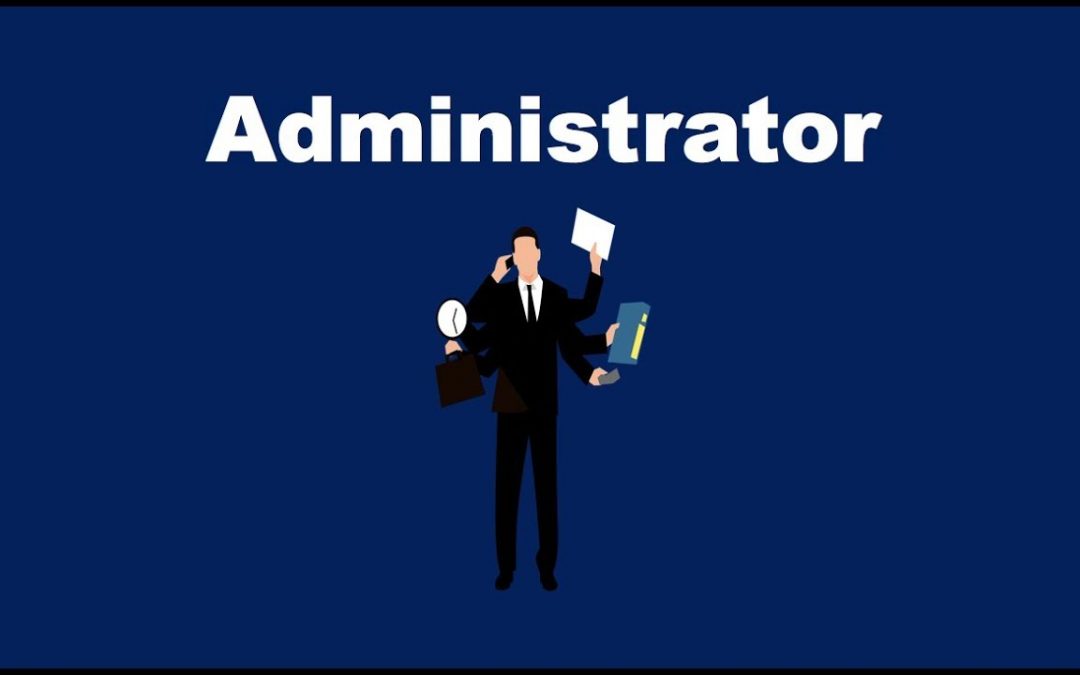

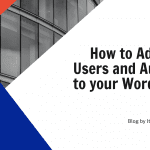
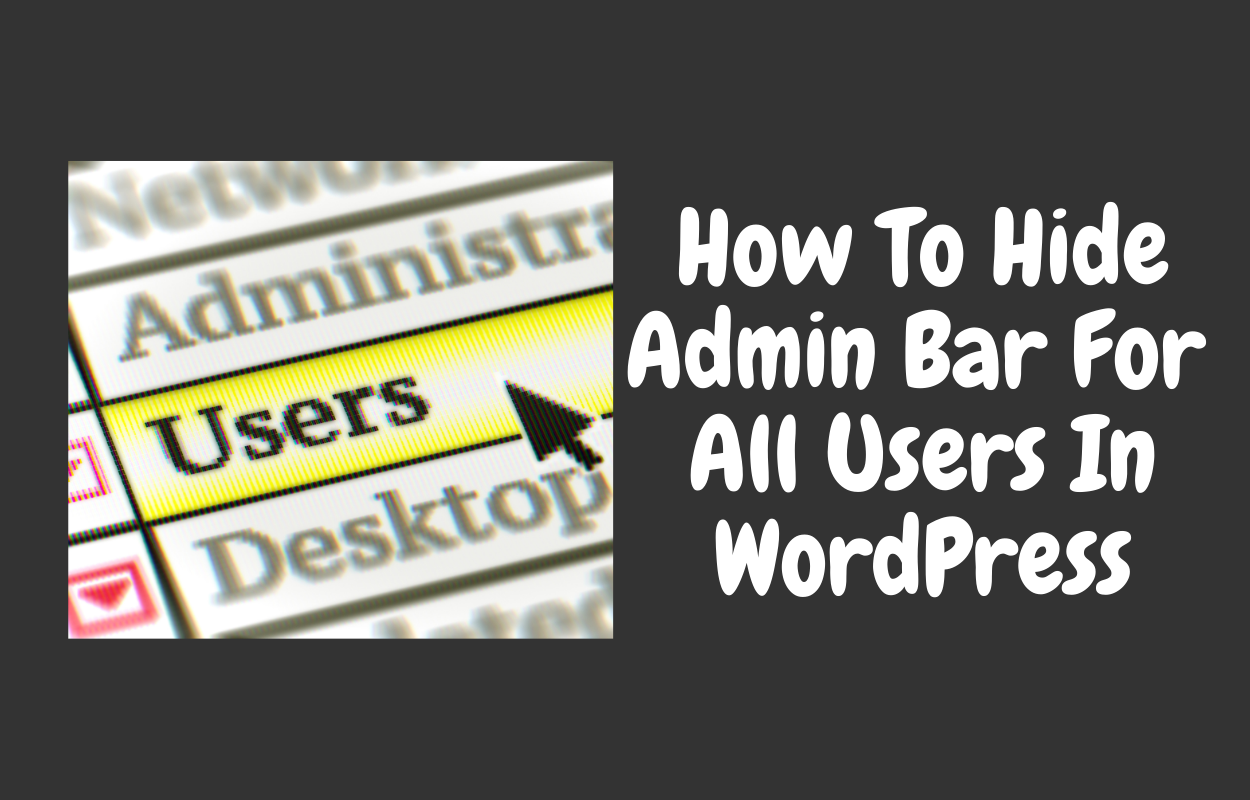

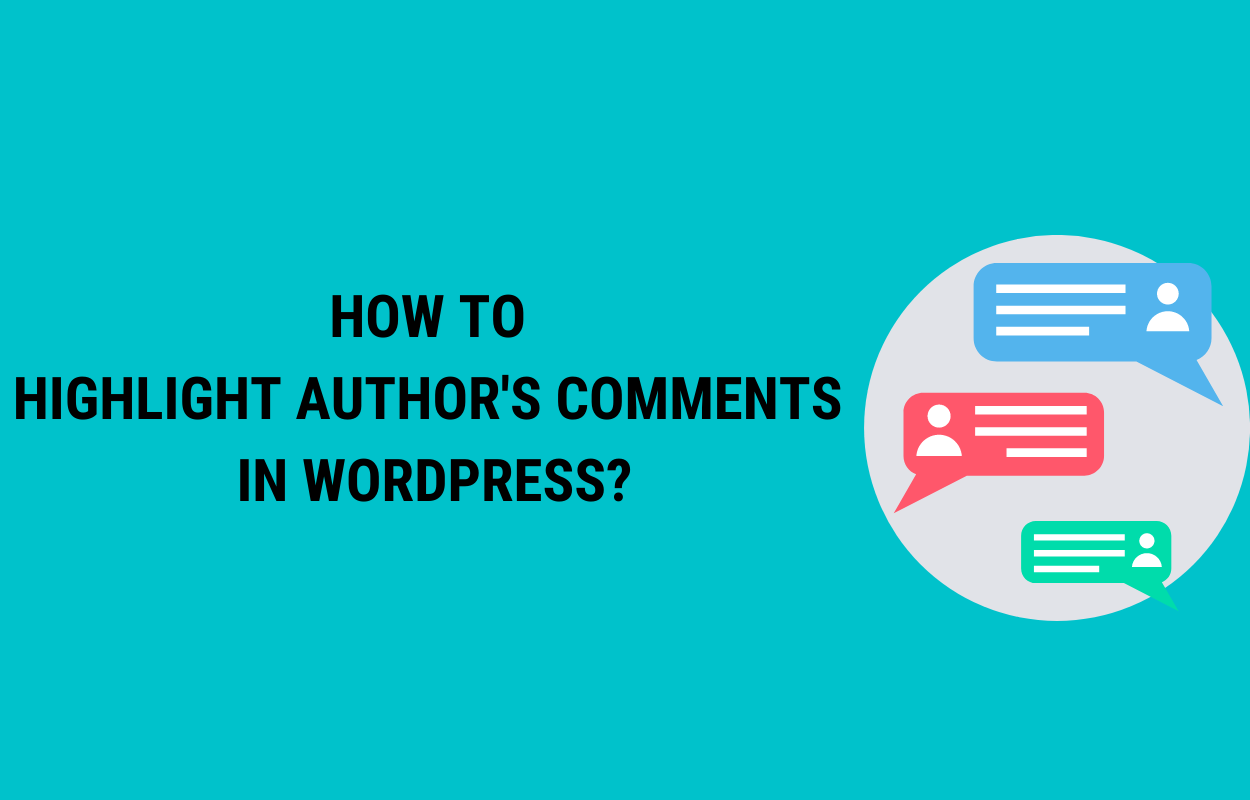
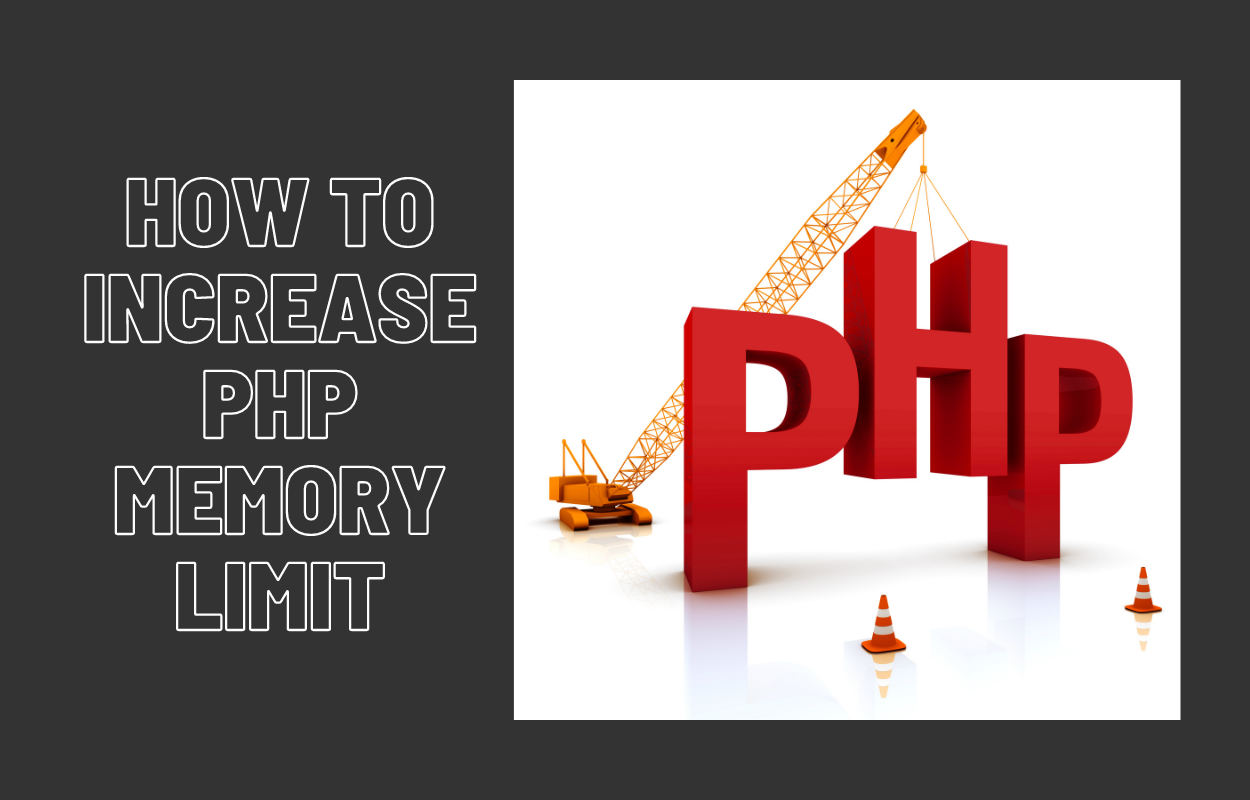


Recent Comments